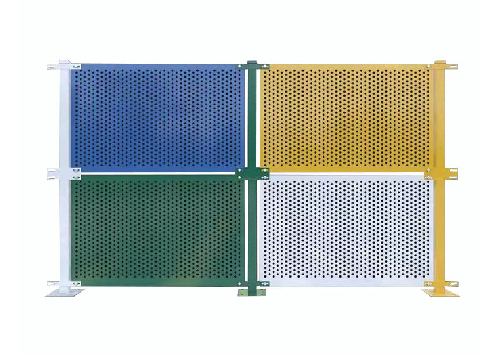Understanding Drain Board Waterproofing
When it comes to home construction and maintenance, waterproofing is an essential aspect that cannot be overlooked. Among various methods, drain board waterproofing stands out as a key technique used to protect structures from water infiltration. This method is particularly common in below-grade applications, such as basements, retaining walls, and foundation systems.
Drain boards are specialized membranes designed to manage the flow of water away from structures. Typically made from high-density polyethylene or similar materials, they create a protective barrier that prevents water from penetrating walls and foundations. The primary function of a drain board is to redirect water to drainage systems, thereby reducing hydrostatic pressure and mitigating the risk of water damage.
One of the significant advantages of using drain board waterproofing is its ability to facilitate proper drainage. The design of the drain board includes channels or grooves that allow water to flow along the surface and into drains. This efficient water diversion helps maintain the integrity of the structure and keeps the interior dry, minimizing the chances of mold growth and structural deterioration.
drain board waterproofing

To successfully implement drain board waterproofing, proper installation is crucial. The process typically begins with the excavation of the area around the foundation. Once exposed, the foundation walls are cleaned and prepared to ensure optimal adhesion. The drain board is then affixed to the wall, ensuring that the channels are oriented towards the drainage system. It's essential to ensure that all seams are properly sealed to prevent any water from seeping through.
In addition to proper installation, regular maintenance is vital for the longevity of drain board systems. Homeowners should periodically check for obstructions in drainage pathways, such as leaves or debris, that can impede water flow. Addressing these issues promptly can prevent costly repairs and keep the waterproofing system functioning effectively.
Another consideration is the combination of drain board waterproofing with other techniques. For instance, coupling drain boards with traditional waterproofing materials, such as membranes or coatings, can enhance overall protection. This layered approach provides an additional defense against water intrusion, especially in areas prone to high groundwater levels.
In conclusion, drain board waterproofing is an effective and essential method for protecting homes and buildings from water damage. By understanding its functions, installation processes, and maintenance requirements, homeowners can invest in a solution that ensures the longevity and safety of their structures. This proactive approach to waterproofing not only preserves property value but also fosters a healthier living environment.
-
The Best Metal Mesh Solutions: Expanded Aluminum Metal vs. Expanded Stainless Steel Metal
NewsSep.10,2024
-
Round Perforated Sheets vs. Hexagonal Perforated Sheets vs. Embossed Perforated Sheet Metal
NewsSep.10,2024
-
Perforated Metal Sheets
NewsSep.10,2024
-
Experience The Excellence Of Stainless Steel Grating
NewsSep.10,2024
-
Discover the Versatility Of Metal Mesh Expanded Forming Machines
NewsSep.10,2024
-
Discover The Advantages Of Steel Grating For Sale
NewsSep.10,2024
Subscribe now!
Stay up to date with the latest on Fry Steeland industry news.

